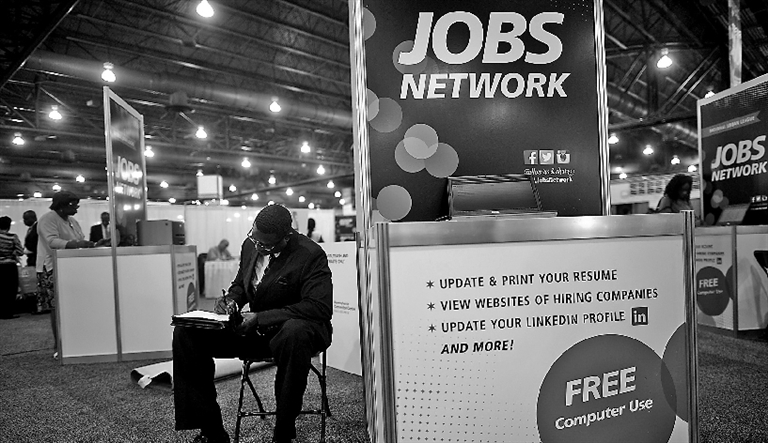
U.S. job growth slowed more than expected in August, with retail hiring declining for a seventh straight month, but strong wage gains should support consumer spending and keep the economy expanding moderately amid rising threats from trade tensions. The U.S. Labor Department’s closely watched monthly employment report Friday also showed a rebound in the workweek after it shrunk to its shortest in nearly two years in July, suggesting that companies were not yet laying off workers. Economists said the report was consistent with an economy that was slowing, but probably not flirting with a recession as has been signaled by financial markets, especially an inversion of the U.S. Treasury yield curve. The economy’s waning fortunes have been blamed on the Trump administration’s year-long trade war with China, which has eroded business sentiment and plunged U.S. and global manufacturing into recession. “The softening in job growth should surprise no one but it doesn’t mean the economy is headed toward a recession right away,” said Joel Naroff, chief economist at Naroff Economic Advisors in Holland, Pennsylvania. “Households still have the income to keep spending.” Nonfarm payrolls increased by 130,000 jobs last month, flattered by temporary hiring of 25,000 workers for the 2020 census. The economy created 20,000 fewer jobs in June and July than previously reported. Economists polled previously had forecast payrolls rising by 158,000 jobs in August. President Donald Trump shrugged off the slowdown in job growth, tweeting “Good Jobs Numbers,” and claiming that “China is eating the Tariffs.” U.S. House of Representatives Speaker Nancy Pelosi, a Democrat, said the employment report offered “little comfort in an economy faltering under the Trump administration’s reckless agenda to undermine the health, financial security and well-being of the American people.” A seasonal quirk could account for last month’s less-than-expected increase in employment. Over the past several years, the initial August job count has tended to exhibit a weak bias, with revisions subsequently showing strength. But slower job growth is also in line with sharp declines in both the Institute for Supply Management’s manufacturing and services industries employment measures in August. Job gains have averaged 156,000 over the last three months, still above the roughly 100,000 per month needed to keep up with growth in the working age population. The unemployment rate was unchanged at 3.7 percent for a third straight month in August as 571,000 people, the most in 10 months, entered the labor force. (SD-Agencies) | 
